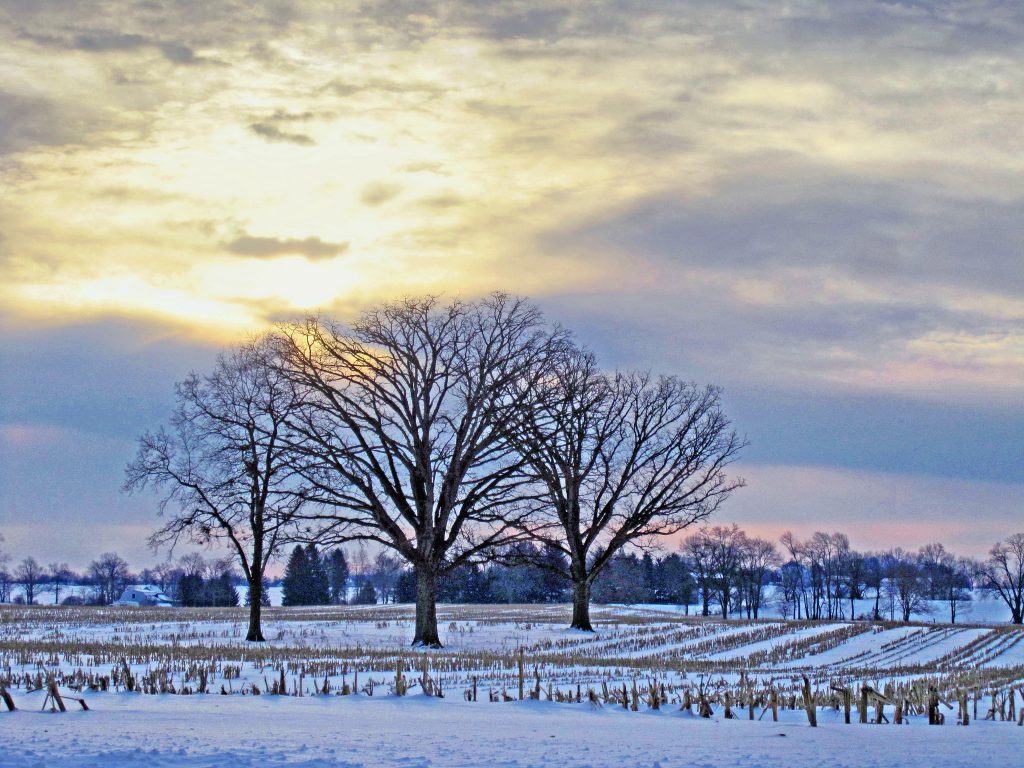Melting snow reveals a big secret

The snow is finally melting, and flooded fields everywhere are beginning to reveal something you might not have known was there (unless you’re a Good in Every Grain reader from way back).
Corn… lots of it. As much as 5% of Ontario’s corn crop is still standing; while that doesn’t sound like much, 5% could be as much as 100,000 acres in a typical year in Ontario.
Crops get left in the field all the time, and there are a few reasons why this happens. The number one reason is most likely that the harvest window closed too quickly. Snow came earlier than expected and with snow it makes harvesting a little trickier. Snow can cause combines to become plugged, as well as prevent the ground from freezing causing issues like getting equipment stuck in the mud, which is never ideal.
Another reason for corn to be left standing is the high moisture level this past fall. The ideal moisture level (inside the grain) for harvesting in Ontario is around 25%; a lot of the 2014 crop came off above 30%. The higher the moisture, the more expensive it will be to dry out; if the moisture is simply too high in the fall, farmers can leave it in the field until Spring to let it dry out naturally.
It is important when leaving a field of corn until spring to harvest that it has strong roots and stalks and will over winter well. If the corn falls over through the winter it can be extremely miserable to combine in the early spring with the cobs lying on the ground and with a higher chance of mould growth on the cob. Different varieties of corn will be more prone to root and stalk weaknesses than others.
